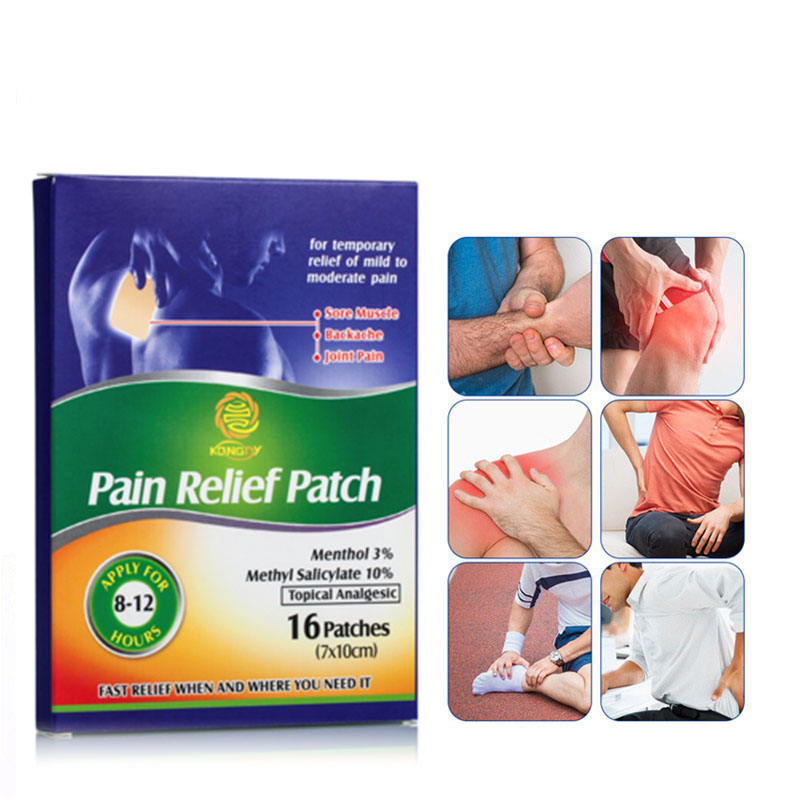Author:Kangdi 31-03-2025
Pain relief patches have revolutionized how we manage chronic pain, offering a non-invasive alternative to oral medications. These transdermal systems deliver medication directly through the skin, providing targeted relief while minimizing systemic side effects.
The technology behind these patches has evolved significantly over recent decades. Early versions relied on simple absorption mechanisms, while today's advanced patches utilize sophisticated drug delivery systems that control medication release over extended periods—some lasting up to 72 hours. This consistent delivery helps maintain stable medication levels in the bloodstream, avoiding the peaks and valleys associated with oral pain relievers.
Various active ingredients power these medical innovations. Some patches contain non-steroidal anti-inflammatory drugs (NSAIDs) like diclofenac, ideal for treating localized musculoskeletal pain. Others utilize lidocaine or menthol for numbing and cooling sensations that interrupt pain signals. For severe pain management, prescription patches containing opioids like fentanyl offer relief for patients with chronic conditions when other treatments prove insufficient.
The benefits extend beyond controlled medication delivery. Pain relief patches offer convenience for patients with busy lifestyles or difficulty swallowing pills. They're particularly valuable for elderly patients managing multiple medications, reducing pill burden and potential drug interactions. Additionally, patches eliminate the need to remember multiple daily doses, improving treatment adherence.
Healthcare providers increasingly recommend these patches for conditions ranging from arthritis and back pain to post-surgical recovery. Their targeted approach means less medication circulating throughout the body, potentially reducing stomach irritation, liver strain, and other systemic side effects common with oral pain medications.
As research continues, manufacturers are developing even more advanced delivery systems with improved adhesives, reduced skin irritation, and enhanced drug penetration. Some companies are exploring "smart" patches that could eventually adjust medication delivery based on the patient's pain levels or be controlled remotely via smartphone applications.
The evolution of pain relief patches demonstrates how medical technology continues to advance, offering patients more options for effectively managing pain while maintaining quality of life.
 0086 19937104978
0086 19937104978





